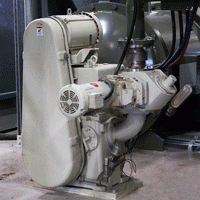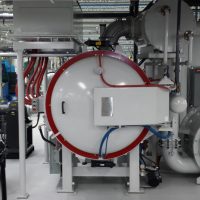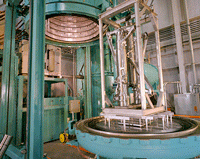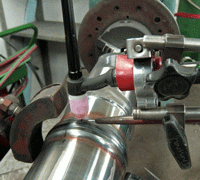In simplest terms, backstreaming is the movement of pumping fluid back into the vacuum furnace chamber, that is, oil vapor molecules attempt to reverse course and move up and back toward the vacuum vessel, opposite to the direction of the desired gas flow. Backstreaming is not limited to the pumps themselves, but encompass the entire pumping system (e.g. plumbing, valves, baffles, and traps). The oil type and characteristics play a role as well. In all cases, the result of backstreaming, namely the contamination of the work chamber or workload, is totally unacceptable and often catastrophic.
Backstreaming is often due to; incorrect start-up or shutdown procedures – the far most common operator mistake as far as the writer is concerned, exceeding maximum pump throughput capacity for long periods of time and exceeding the critical discharge pressure in the foreline. Users of vacuum furnaces should be sure that the vacuum system is equipped with all the appropriate interlocks to prohibit vacuum valve cycling above specified pressures that can cause these effects to occur, which will help protect your system, especially whenever it is left unattended.







